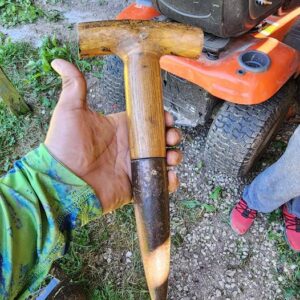Unraveling Bologna’s Mystery
Much like hot dogs and SPAM, bologna often leaves consumers curious about its composition and origins. Despite its divisive reputation, bologna remains a ubiquitous presence in supermarkets and school lunches. But what exactly is it made of?
The Making of Bologna: Diverse Ingredients and Methods
Similar to other processed foods, bologna’s ingredients and production methods vary among manufacturers. It can be crafted from cured beef, chicken, pork, or a combination thereof. While some versions feature premium cuts, others may incorporate organs and trimmings. However, products containing less desirable components are increasingly rare in today’s market.
The meat undergoes cooking and smoking, often enclosed in natural casings made from animal intestines like cows, sheep, or hogs. Despite initial surprise, this practice is common in sausage-making, offering an alternative to synthetic casings.
Mortadella vs. Bologna: Cultural Distinctions
While bologna is a beloved sandwich filling in the United States, its Italian counterpart, mortadella, presents notable differences. Mortadella, named after the city of Bologna in Italy, boasts visible fat, peppercorns, and occasionally pistachios, contrasting with the uniform texture of American bologna.
In the U.S., regulations mandate that cooked sausages, including bologna, be emulsified into a consistent pink paste. This contrasts with the varied texture and ingredients found in mortadella.
Ingredients and Processing: Unveiling the Label
Popular bologna brands, such as Oscar Mayer, often incorporate mechanically separated chicken and pork, alongside spices like salt, pepper, celery seed, coriander, and paprika. Corn syrup serves as a common sweetener, while myrtle berry imparts its distinctive flavor.
While specific spice blends may remain proprietary, most bologna ingredients are openly listed on packaging. Despite misconceptions, mass-produced bologna typically offers a palatable option, provided one is comfortable with its processed nature.



